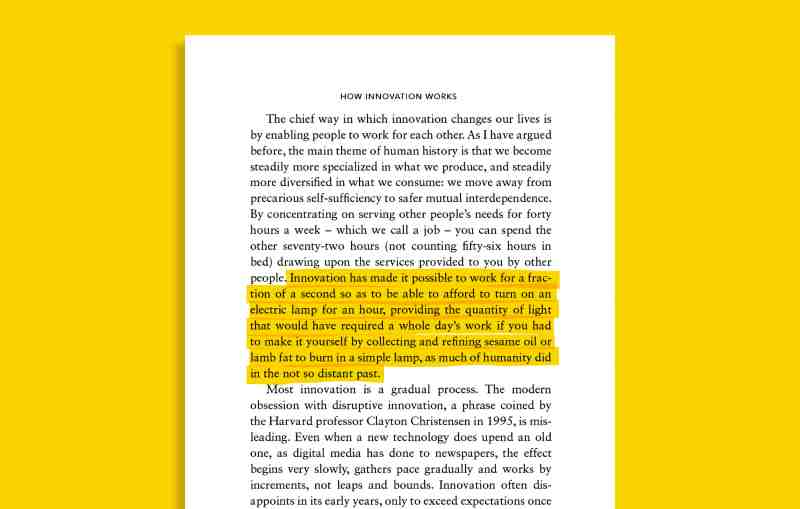Last updated on May 1st, 2024 at 07:00 am
Understand why the APA format reigns supreme in academic research. From clarity and consistency to ethical standards and publication requirements, explore the key reasons behind the widespread adoption of APA guidelines by researchers and scholars worldwide
Contents
Overview
Imagine you’re reading an article online, trying to absorb the information presented. Suddenly, a statement catches your attention, but you find yourself questioning its validity. After all, anyone can make any statement on the internet.
However, what if that statement came from a trusted and reputable source?
Would you be more inclined to believe it then?
Consider this scenario: You stumble upon an intriguing factoid shared by a stranger. Skepticism creeps in. Yet, when the same information is attributed to a renowned figure like Sir Isaac Newton, suddenly, it holds more weight.
This is where the APA format steps in – as a beacon of credibility and uniformity in the vast sea of information.
Properly citing sources not only adds credibility but also safeguards against the murky waters of misinformation and plagiarism.
In this article, I will go a little deeper into the world of the APA format, exploring why it has become the gold standard in research and academic writing. From its origins to its practical benefits and uncover the reasons behind its widespread popularity and enduring relevance.
So, let’s embark on this journey to unravel the reasons for the popularity of the APA format and discover why it is an indispensable tool for researchers and writers alike.
Reasons for the popularity of the APA format
Research papers frequently involve complicated subjects and the APA format, makes them flow smoother and aids in retaining the attention on the document’s topic if sources are mentioned consistently and in the same format throughout. It facilitates reading and comprehension of papers.
- The APA format refers to the overall structure and guidelines for formatting a research paper, including aspects like margins, headings, font style, and size, and the organization of content.
- Think of APA as a universal language for research. APA provides a clear, consistent standardized format for citing various sources, ensuring clarity and uniformity across academic works.
By following its guidelines, writers ensure that their work is structured clearly and consistently, making it easier for readers to understand and navigate.
- APA’s detailed guidelines are to provide accuracy and minimize ambiguity and confusion regarding source representation.
This accuracy strengthens the reliability and credibility of research by accurately attributing information to its source.
- Just like citing Sir Isaac Newton adds credibility to a statement, citing sources in APA format lends credibility to research papers. APA caters to a wide range of source types, from academic journals and books to websites and social media posts.
This inclusivity allows researchers to effectively cite any source they utilize in their work. It shows that writers have done their homework, drawing upon reputable sources to support their arguments.
- APA format isn’t just about citing sources; it’s also about giving credit where credit is due.
By properly attributing ideas and information to their original authors, writers avoid the serious offense of plagiarism and uphold academic integrity.
- APA format provides clear guidelines on how to present research findings, making it accessible to a wide audience of readers.
Whether you’re a student, a professor, or a researcher, adhering to APA standards ensures that your work can be easily understood and appreciated by others in your field.
- Just like we recognize the McDonald’s logo wherever we go, the APA format is instantly recognizable to academics and researchers worldwide.
By adhering to this standard, writers signal to their peers that their work meets the highest standards of academic rigor and professionalism.
- The APA format isn’t set in stone; it evolves with the changing landscape of research and publishing.
As new technologies and methodologies emerge, the APA continuously updates its guidelines to reflect these advancements, ensuring that research remains relevant and impactful
- APA format includes features like headings, subheadings, and a structured reference list, which make it easier for readers to navigate through a research paper and locate relevant information quickly.
- In an increasingly interconnected world, the APA format serves as a common language for researchers from diverse cultural and linguistic backgrounds.
Whether you’re publishing in the United States, Europe, Asia, or anywhere else, adhering to APA standards ensures that your work is universally understood and respected.
- APA guidelines are designed to work seamlessly with modern word processing software and citation management tools like Mendeley, Zotero, and EndNote among several others that assist in streamlining the writing and publishing process for researchers.
- While APA is commonly associated with social sciences, it is also widely used in other fields such as nursing, education, business, and communication studies, providing a consistent framework for scholarly communication across diverse disciplines.
- By requiring authors to properly cite their sources and adhere to ethical standards of attribution, the APA format promotes respect for intellectual property rights and encourages responsible research practices.
- Many academic journals require submissions to follow APA guidelines as part of their editorial and peer review process, ensuring that published research meets their peer-review publication standards of quality and integrity.
- There are numerous online resources and guides on APA style that are readily available, making it easy for students and researchers to learn and implement the format correctly.
These are just a few of the many reasons why the APA format has become the go-to style for researchers and academics worldwide. Its emphasis on clarity, credibility, and consistency makes it an indispensable tool for communicating complex ideas and advancing knowledge in every field of study.
Additional clarity about the APA format
It’s important to clarify that the APA format and the APA citation style are closely related but serve different purposes. The APA format refers to the overall structure and guidelines for formatting a research paper, including aspects like margins, headings, font style, and size, and the organization of content.
On the other hand, the APA citation style specifically pertains to how sources are cited within the text and listed in the reference list at the end of the paper. This includes guidelines for in-text citations, reference list entries, and formatting rules for various types of sources such as books, journal articles, websites, and more.
So, it’s not a matter of choosing between the two; rather, researchers typically use the APA format to structure their papers and then apply the APA citation style to properly cite sources within that format. Both elements are essential for maintaining consistency, accuracy, and credibility in academic writing.
FAQ’s
When did APA become popular?
Membership in the American Psychological Association increased from 4,183 in 1945 to 30,839 in 1970, a 630 percent expansion, reflecting these tendencies. With an additional 70,500 affiliates, the APA’s membership increased to 88,500 between 1970 and 2000.
Which is more popular APA or MLA?
When the choice of formatting is left to you, take into account the prevailing style in your field. APA Style is the predominant citation style, extensively utilized in the fields of social and behavioral sciences. MLA style is the second most widely adopted citation format, primarily employed in the field of humanities.
What is the most important part of APA Style?
The most crucial aspect of APA style is its method of citing references inside the text. There are two methods for citing authors in text: either by enclosing their last name (excluding their first name) and the year of publication in parenthesis, or by directly utilizing their last name within the sentence in question.
Conclusion
The APA format has become immensely popular in research for several compelling reasons. Its emphasis on clarity, consistency, and credibility helps researchers communicate their findings effectively and adhere to ethical standards of academic integrity. By providing a standardized framework for writing and formatting scholarly papers,
APA format streamlines the publication process and enhances the accessibility and credibility of research publications. As researchers continue to seek reliable methods for disseminating their work and engaging with academic audiences, the enduring popularity of the APA format is likely to increase!

Being closely associated with Academia, I am an accomplished Academic/Scholarly Researcher with a specialization in biochemistry. Over the years, I have mentored several Master’s and Ph.D. students and collaborated on several research papers.
Post-retirement, I have engaged with freelancing on YouTube and Upwork with my academic contributions, where I share my expertise and provide the finer points of academic-related research, writing, formatting, and publishing criteria.




